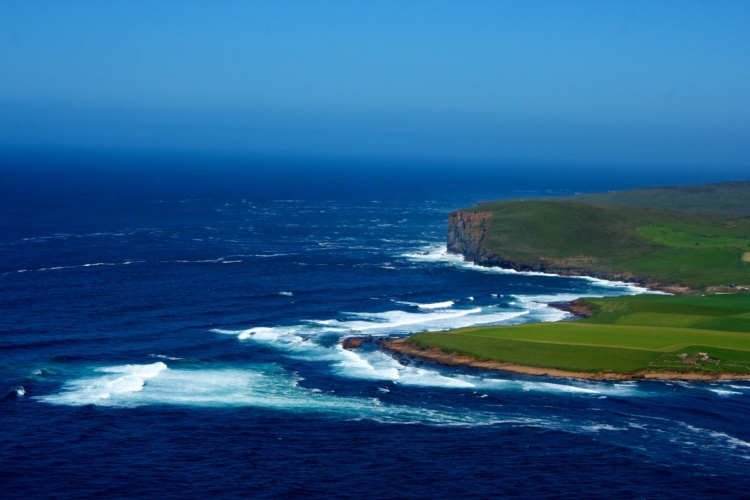
While wind and solar have undoubtedly been renewable energy’s biggest success stories, the ongoing gas crisis has highlighted how that success also leaves the UK exposed to the vagaries of the weather. The North Sea’s poorest wind conditions in more than two decades - combined with a litany of other factors – helped drive European energy prices to their highest ever levels, casting doubt over both the UK’s short- and long-term energy strategies. Hitting net zero will mean adding gigawatts of renewables to the grid over the coming decades, but how can we do this while keeping the lights on?
More of The Engineer's Net Zero coverage
Nuclear energy almost certainly has a role to play, delivering low carbon baseload that provides the space for renewables to flourish. To that end, the UK is also in possession of some of the largest marine energy resources in the world, tidal and wave power that is significantly more reliable than wind and sun, and which is virtually untapped.
Set up in 2003 in Orkney, EMEC (European Marine Energy Centre) has been vying to change that, testing and validating wave and tidal generators, creating a pathway not only for the UK, but also aiming to crack open a potentially massive global export market. After nearly 20 years of operation, many of the technologies are reaching maturity, and the time to start delivering is now.
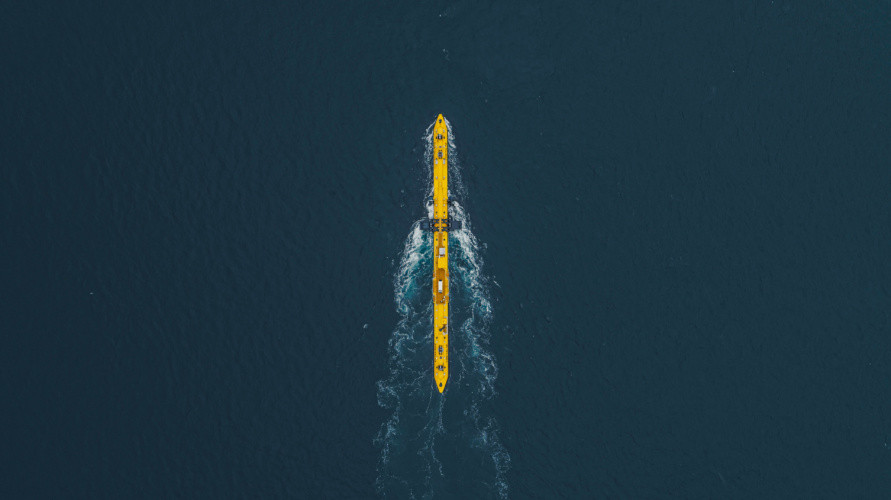
“We’ve gone from concept and bright idea to reality, with hundreds of people involved in building and installing and making this stuff happen,” Neil Kermode, managing director of EMEC, told The Engineer.
A good example of this is the O2 , claimed to be the world’s most powerful tidal turbine. Located in the fast-moving tidal waters of Orkney’s Fall of Warness, the O2 is the latest floating tidal generator deployed at EMEC by Orbital Marine Power, a company founded in Orkney in 2002. It features a 72m long superstructure (pictured left) and twin, 20m diameter 1MW turbines. The O2 is in many ways a microcosm of EMEC, the embodiment of how the centre has evolved from fringe research site to the world’s leading marine test centre, on the cusp of making commercial tidal energy a reality and unlocking a huge opportunity for UK INC.
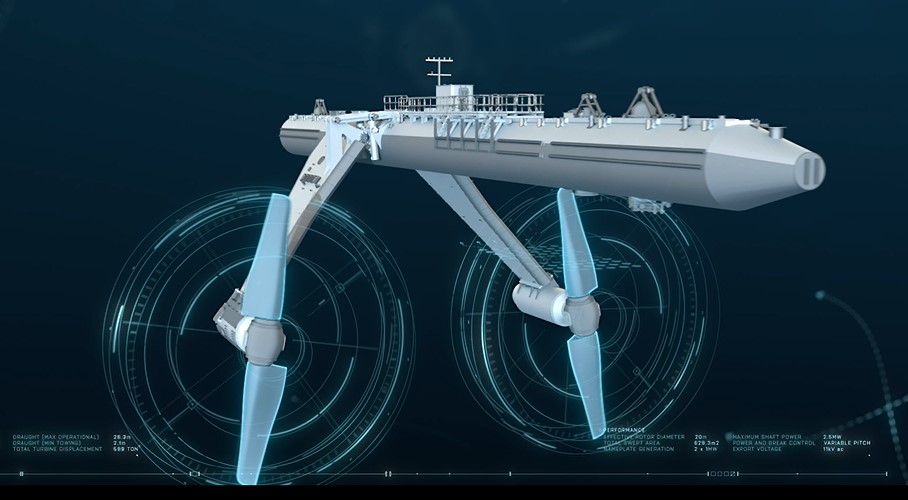
“It was conceived in Orkney,” said Kermode, “designed partly in Orkney and partly in Edinburgh, it was built in Dundee in a shipyard that hasn’t launched a ship in 40 years, the blades came from Southampton, the anchors have come from Wales, the steel for the body was rolled in Scotland…it was towed up using local vessels and installed in our site and is generating into the UK national grid. It has 80 per cent local content, UK content. If that isn’t the industrial strategy writ large, I don’t know what is.”
For all the promise and export potential, big questions still remain around marine energy and its cost. At around double the price of wind, tidal has undoubtedly suffered from the head start that other renewables have had in comparison. In order to compete, marine energy needs support to close the gap.
According to Kermode, what’s needed is a clear market signal, something which successive UK governments have failed to address. When the feed-in tariff was scrapped, it sent a message to the wider renewables industry that government support could not be relied upon. While solar and wind power were well enough established to ride out that storm, marine power was still at a very nascent stage and, as a result, was buffeted more than most.
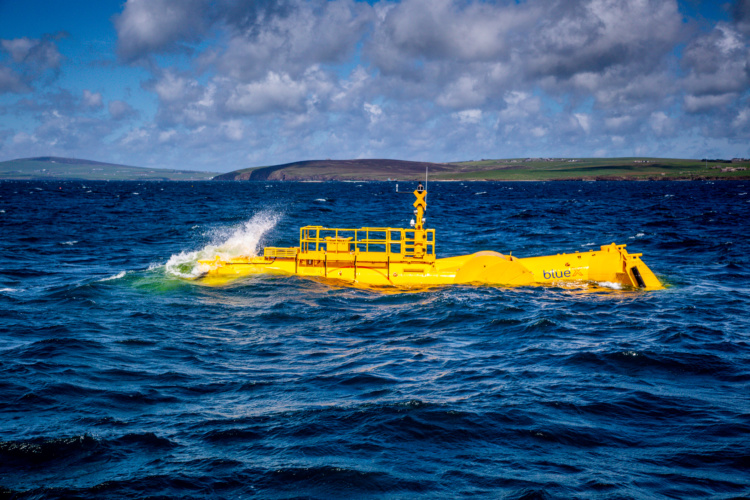
“When the Tories came in after the coalition government, they basically swept away all of the support for a lot of the renewables. And unfortunately, we got caught in the crossfire,” said Kermode.
“That meant that the market signal got removed…the signals are not clear at the moment. So we’ve been working really hard to rebuild that confidence in government, to recognise what’s needed.
“At the moment, we’re not seeing the signals clearly because I don’t think people realise the scale of the economic opportunity that exists here.”
An interim target to aim for – and one which EMEC is urging the government to pursue – is to have a gigawatt of marine energy deployed around the UK coast during the 2030s. With nearly 25 gigawatts of wind already deployed, a single gigawatt may not seem much, but it could provide the basis for an expansion of marine energy later in the century, as the UK approaches its 2050 net zero deadline.
“A gigawatt is basically a doubling of the capacity we’ve got nine times,” said Kermode. “So nine doublings of what we’re doing in the next 15-20 years? Yeah, that feels doable.”
Put simply, arriving at the gigawatt goal will mean getting more machines in the water, so that more lessons can be learned, more data can be gathered and the technology’s evolution can be sped up. In the meantime, the UK sites where wave and – even more so - tidal energy will be best exploited could be readied for when the technology is more mature.
“We know where the tides are,” said Kermode. “It’s not going to be a big surprise. It’s going to be somewhere around the Isle of Wight, somewhere around Anglesey, somewhere around Pembrokeshire, somewhere around the Western Isles and Shetland, and somewhere around Orkney.
“We need to start building those grid connections now. Or if we’re building grid connections in the area, build it with enough capacity for this stuff for later. Don’t just build it big enough for the onshore wind in the area, think about it, plan and prep for how you’re going to do the tidal stuff that’s going to come in later on.”
The wave energy technology at EMEC’s Billia Croo site may not produce power to the same precise ebbs and flows as tidal generators, but it could still play a role in a future energy mix where diversity will be key. Wave energy is, to a large degree, dependent on the wind, with the former arriving hours and days after the latter has blown. As a result, the energy pattern of wave tends to echo that of wind, making it easier to forecast in the short term compared with its gusty cousin.
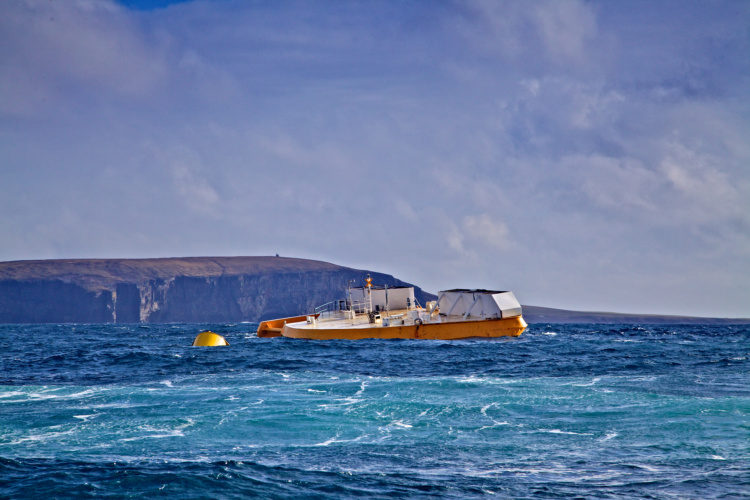
“Wave has a higher degree of predictability than wind, and then with tide of course, it’s got absolute predictability,” Kermode explained. “The predictability allows the system planners to then schedule what they’re going to do with the other plant you’ve put in. And if you’ve predictability, it then reduces the scale of storage that you need.”
When it comes to local storage on Orkney, EMEC has been looking to hydrogen. At the time of writing, the centre was awaiting the imminent delivery of a new 1.8MWh vanadium flow battery (VFB) that will help smooth the peaks and troughs of EMEC’s tidal power. Built by the UK’s Invinity Energy Systems, the VFB will enable EMEC’s 670 kW hydrogen electrolyser to operate more efficiently, enduring multiple heavy charge-discharge cycles per day without the degradation that lithium-ion batteries would suffer.
“We haven’t got enough dependability on the production of hydrogen,” said Kermode. “Winding it on and off again with the tides is a real pain, so if we can keep the thing alive at the times the tides are down, we’ll improve the reliability of the hydrogen plant.”
A second electrolyser is also planned for the new year to embed more resilience and remove the single point of failure of the existing machine. Further down the line, EMEC’s new deepwater facility at Scapa Flow is set to play a key role in Scotland’s expansion of offshore wind. The enormous natural harbour - home to the Royal Navy during both world wars – is planned as a staging post for the proposed 2GW West of Orkney Windfarm. That project is just one part of the wider ScotWind programme that will see up to 10GW of new offshore wind announced in the new year.
“We believe there’s scope to go beyond that as well, because that’s only the first set of areas,” said Kermode. “We could see tens of gigawatts of offshore wind going out, some of which will be floating, through the 20s and 30s and beyond.”
Wind, wave, tidal, hydrogen: for Kermode, it’s all just part of the diverse, integrated energy strategy the UK must pursue in order to hit its net zero targets. And by tapping into the enormous energy resources offered by Britain’s several thousand miles of coastline, the UK could simultaneously develop a blueprint for others – particularly other islands – to follow.
“We see ourselves as a seafaring nation,” said Kermode. “There are lifeboat guilds all through the UK. There’s one in Coventry for crying out loud!”
“We need to recognise that this is a piece of national endeavour…we used to export technology around the world. We can do a variation of that now. We could be the people that show we know how to make marine energy work and bring it to other countries and other islands around the world.”




Labour pledge to tackle four key barriers in UK energy transition
I'm all for clarity and would welcome anyone who can enlighten me about what Labour's plans are for the size and scale of this Great British Energy....